Teaching with Lego Bricks
During my summer holiday I spent some time creating these lovely boxes. Do you want to know what is inside?
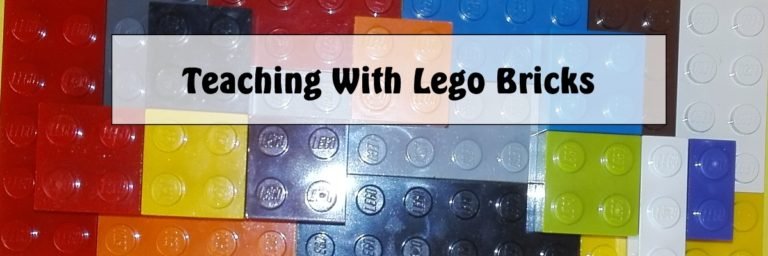
During my summer holiday I spent some time creating these lovely boxes. Do you want to know what is inside?
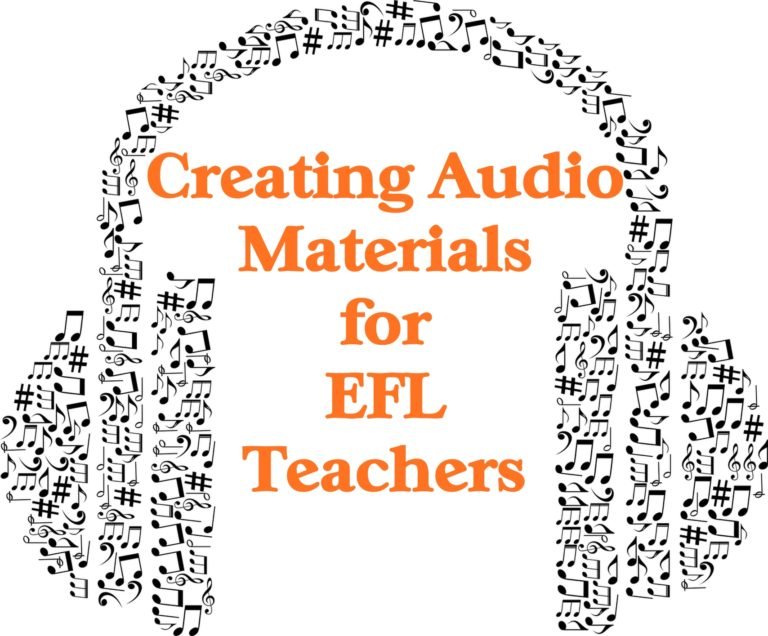
Nowadays everyone can create audio-visual materials in professional quality. But the question is what materials we should create. The audio files, as we know them, contain a short text which students listen to and then they answer some comprehension questions. But is this the best audio which we can give to our students? <!– wp:more…
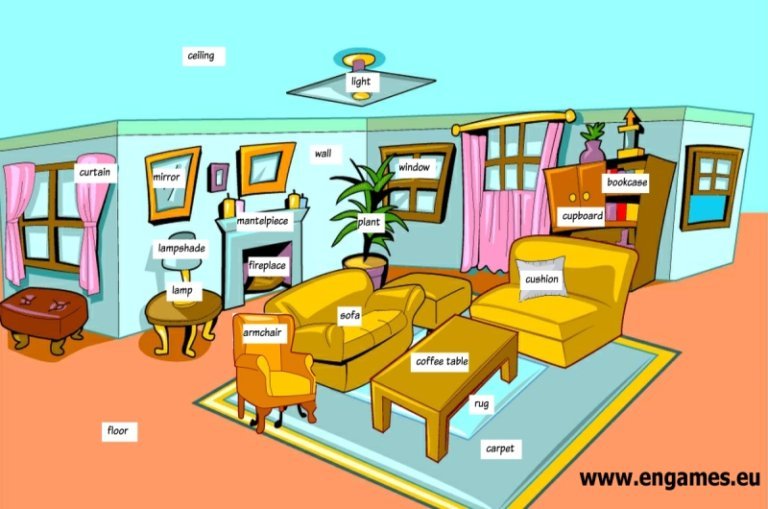
“He must be joking!” I thought. I was shocked but I kept quiet. My friend Jane didn´t. “Why the hell should I throw all my work away?” she asked. We went silent and expected that Jane will be punished.
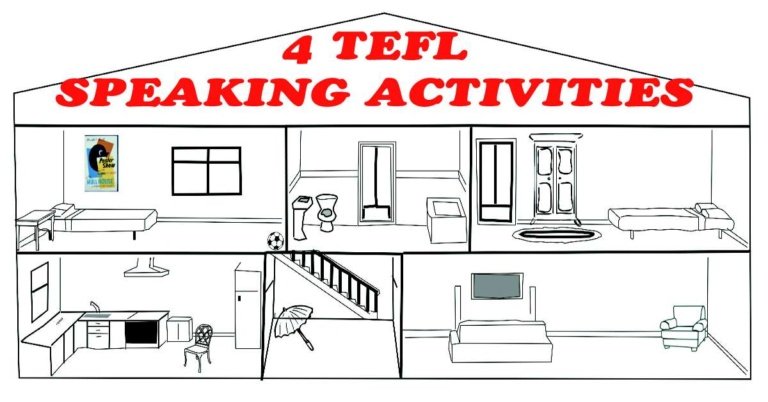
We live and teach in the communicative era. However, the textbooks offer very few speaking activities where students could practise the language they have learnt. That is why I decided to share several speaking activities with you. <!– wp:more –> In this post there are two speaking activities to practise describing a house using the…

My first English language teaching activity got published in August 2008. It happened on the site http://www.teachitelt.com. The site regularly sent me the royalties and I created several more activities for them. Unfortunately, recently they sent me an email that the site is going to finish on 30th March 2016. The good thing is that…
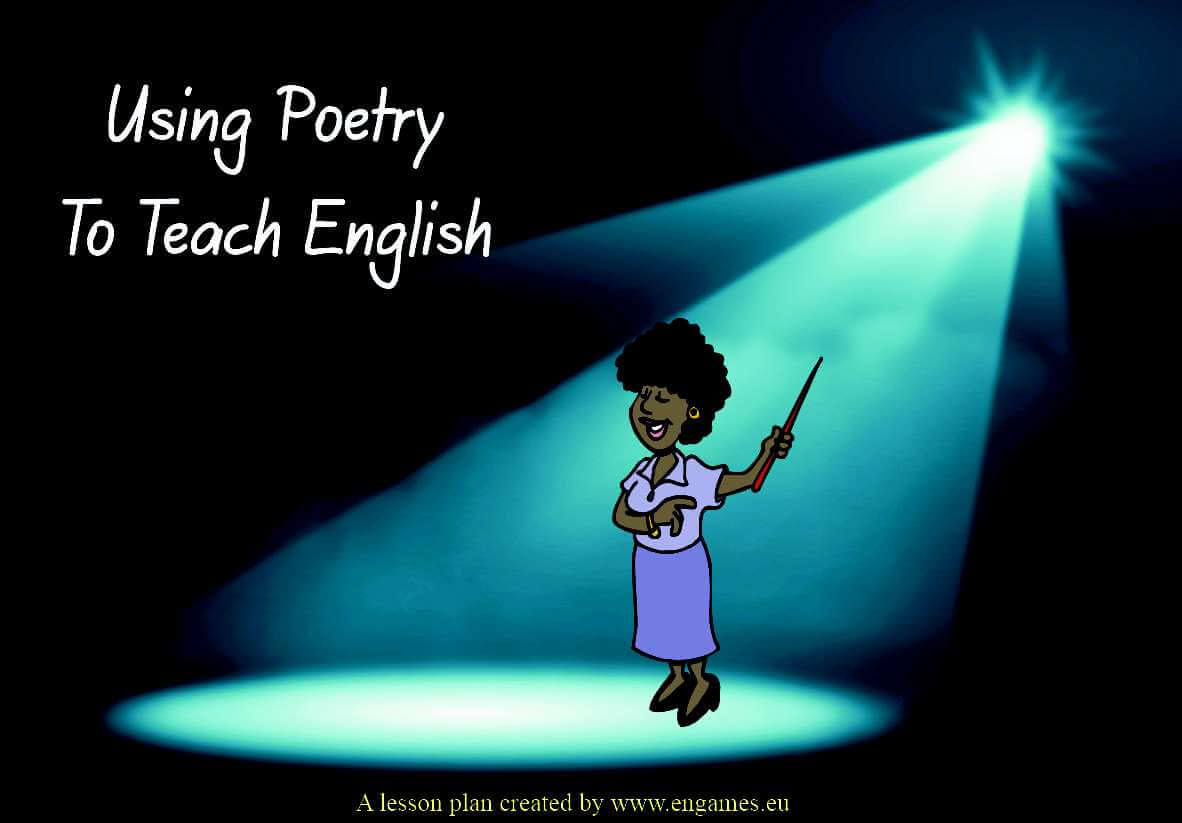
Have you ever used poetry to teach English in your class? If you have you can probably confirm that it was not a great success. The majority of your students were probably bored and didn’t share your passion for the poem. And thus they found your lesson boring and useless. Therefore, it may seem that…